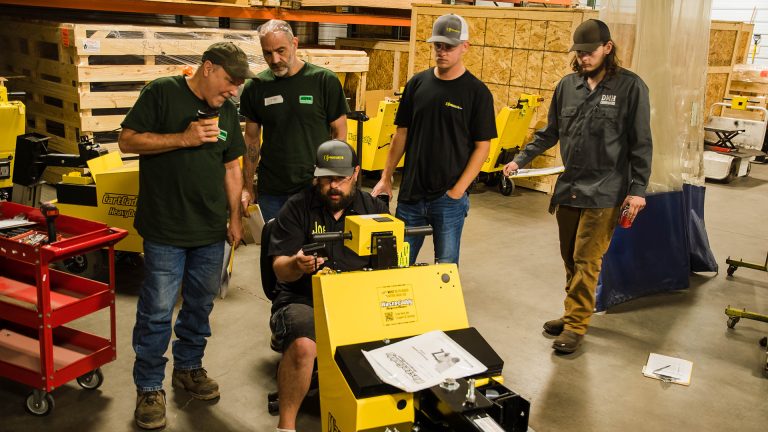In our last post, we noted that Michigan has proposed regulations that would mandate ergonomic training and penalize employers for ignoring repetitive-stress injuries. While cognizant of the health and safety benefits to their workers, employers are understandably concerned about the cost. What they may fail to realize is that the cost of implementing and maintaining an ergonomic program pales in comparison to the exorbitant costs of ignoring ergonomics.
The annual price tag for workplace injury and illness is estimated at $171 billion. Back injuries, tendonitis, carpal tunnel syndrome and other repetitive-stress injuries result in decreased productivity, poor product quality, increased medical costs, higher insurance payments, inflated workers’ compensation costs, low morale and high absenteeism. According to an American Medical Association study, 6,500 people die from workplace injuries each year and non-fatal injuries afflict another 13.2 million. The total cost of workplace injuries is nearly equal to the combined annual profits of America’s 20 largest companies.
And that’s just the tip of the iceberg! Workers’ compensation claims cost U.S. businesses $60 billion annually, according to the U.S. Department of Labor. More than 25% of those claims are for back injuries from repetitive lifting, pulling, pushing and straining, reports the National Council on Compensation Insurance. Back injuries, which involve lengthy and costly treatment, affect more than 1.75 million workers each year, according to the Bureau of Labor Statistics. OSHA estimates that 1 in 5 disabling worker injuries is a back injury. Back injuries alone cost American businesses more than $12 million in lost workdays and $1 billion in compensation costs each year. The estimated time-lost cost for a single injury is $26,000.
Numerous studies have proved that ergonomically-designed equipment and systems can significantly decrease worker injury. Many manual tasks necessary during the handling of materials require repetitive motions — pushing, pulling, bending, lifting and carrying — that place undue strain on the human body. These actions can result in sprains, strains, back pain and other musculoskeletal injuries.
Installing ergonomically designed pushers, pullers and carts can save thousands of dollars a year in decreased medical, insurance and disability costs resulting from repetitive-stress musculoskeletal injuries. Implementing ergonomic practices in the workplace can improve worker morale considerably while increasing efficiency and productivity significantly. Retraining staff to utilize recognized ergonomic practices generally produces an immediate savings in reduced worker injuries and associated medical costs.
DJ Products specializes in providing affordable ergonomic solutions to material handling applications. Our highly trained staff can assist you in assessing your material handling needs and design ergonomic solutions tailored to the specific needs of your business. For more information, visit the DJ Products website.


